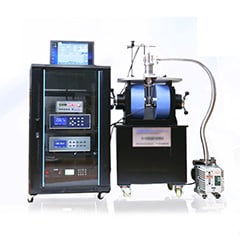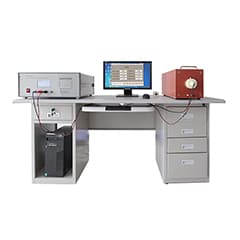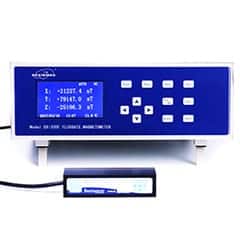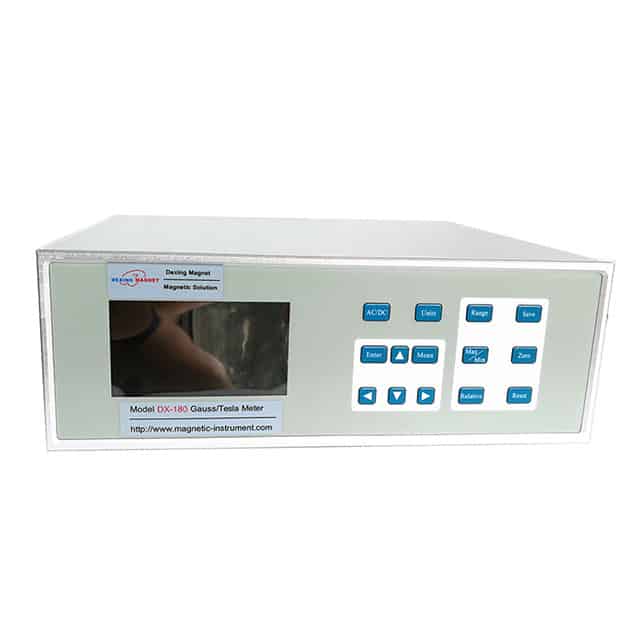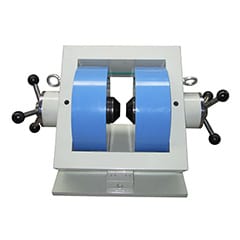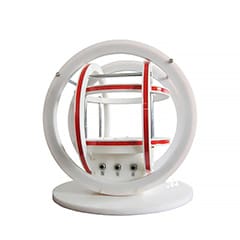products categories
contact us
- If you have questions, please contact us, all questions will be answered
- Tel : 18030236818
- Fax : +86-592 5237901
- Email : dexing@china-dexing.com
Hall Effect Measurement System
The solenoid testing method for austenitic materials
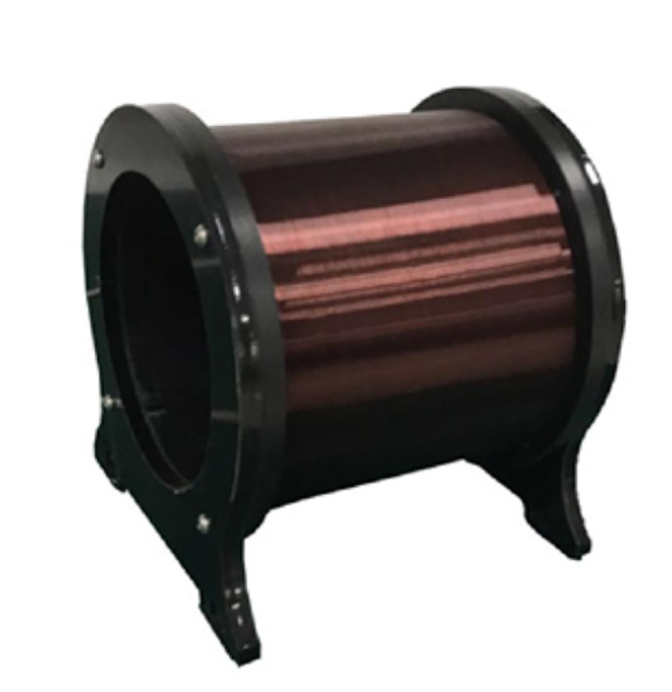
Austenitic stainless steel has excellent corrosion resistance and is widely used in industries such as petroleum, chemical, power, and atomic energy. In the process of processing, cold rolling, cold drawing, cold bending, leveling and correction and other cold working processes will lead to deformation, which will change part of the austenite phase to martensite phase, that is, deformation induced martensite transformation. The martensite transformation will cause changes in the physical and chemical properties of materials, and enhance the stress corrosion sensitivity and pitting corrosion sensitivity of austenitic stainless steel. The martensite transformation is also closely related to the stress concentration of the material. Therefore, it is of great significance to select an accurate and convenient method to carry out preliminary diagnosis and analysis of the distribution of martensite phase and the stress concentration area in the material, and to evaluate the function of the material.
The austenite phase in the austenitic stainless steel is paramagnetism. After the martensite phase changes in some austenite phases, the ferromagnetism of the martensite phase causes the magnetic change of the material. It can be seen that the changes in magnetic field strength on the material surface are closely related to material deformation, arrangement changes, and stress concentration. After deformation induced martensite transformation of stainless steel occurs, there is an obvious correspondence between the distribution characteristics of magnetic field intensity on the surface of the sample and the distribution rules of martensite phase. The change of magnetic field intensity on the surface of the sample can reflect the arrangement change and stress concentration in the material. Magnetic measurement and testing instruments can be applied to the arrangement, modification and analysis of austenitic stainless steel, and are useful diagnostic materials. The standard method for measuring austenitic stainless steel is the solenoid method.
1. Measuring the magnetic properties of open circuit samples using a solenoid
2. Austenitic materials have magnetic permeability close to air permeability under stress free conditions.
3. Austenitic material transformed into ferrite after deformation under tensile stress of 10MP
4. Austenitic material transformed into ferrite after deformation under tensile stress of 20MP
5. After deformation of austenitic material under tensile stress of 50MP
6. The connection between tensile stress and cross-sectional deformation, tensile stress and maximum magnetic permeability
Summary: By selecting DC magnetic function measuring equipment for soft magnetic materials and matching solenoid to inspect open circuit samples of austenitic materials subject to different tensile deformation, the process of austenite paramagnetism in austenitic stainless steel changing to martensite ferromagnetism is well presented, providing inspection methods and inspection techniques for scientific researchers.






